The Wharton Years: 1862-1890
By the 1850s, Joseph Wharton was a successful miner and smelter having produced the first metallic zinc in America from a mine near Bethlehem, PA. In 1862, he bought controlling stock in the Gap nickel mine and restarted operations.
His operations consisted of the mine and a smelter in Gap and a refinery in Camden, NJ.
The ore body lay 60 to 260 feet below the surface and was some 2000 feet long.
 |
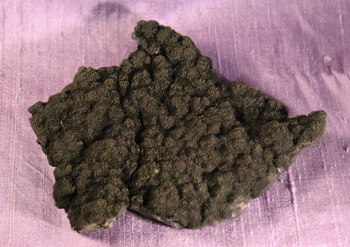 |
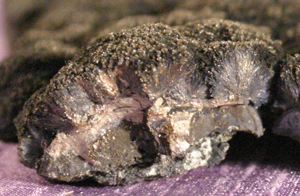 |
Location of Ore Body |
Millerite from Gap |
|
There were six vertical shafts from the surface to remove the ore. A Cornish pump was installed to pump out water.
 |
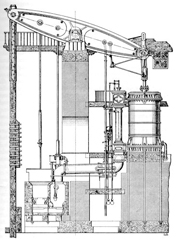 |
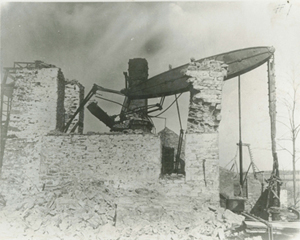 |
Shaft Houses |
Diagram of Cornish Pump |
The Cornish Pump at Gap
|
During the 25 years Wharton ran the mine, it produced 4,480,000 lbs of nickel. It was the only large producer of nickel in North America and one of the largest in the world producing as much as 30% of the worlds nickel at its peak. This is the main mine building during the peak of operations.
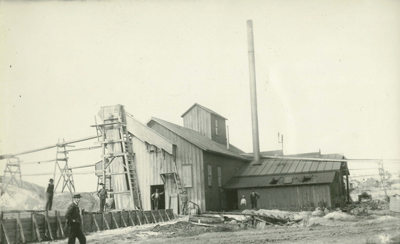 |
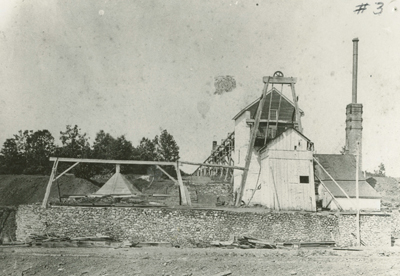 |
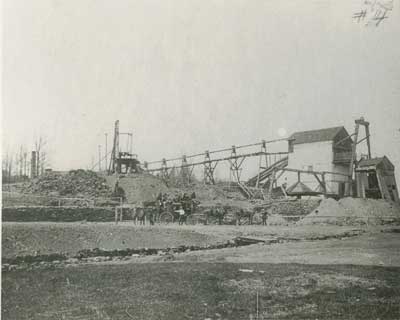 |
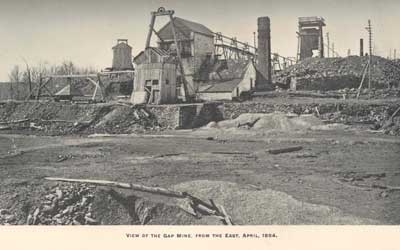 |
Views of the mine buildings during operations |
|
The ore was brought to a "picking" house to be concentrated. The foundation of the "picking" house is now a barn. The only other surviving building is the superintent's home. An Amish family owns them. Their only daughter was one of five girls murdered in 2006.
 |
 |
The concentrated ore was hauled north about a mile to the smelting operations. The ore was smelted in two stages. In the first stage, the sulfide ore was burned to remove sulfur. In the second stage, quartz and limestone were added and slag was removed leaving a matte. The matte was broken up and shipped to Camden for final refining.
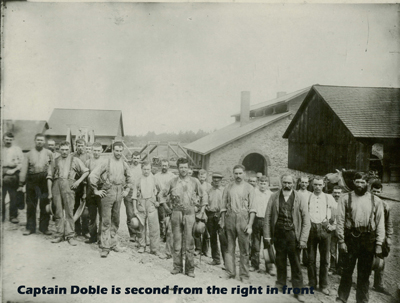 |
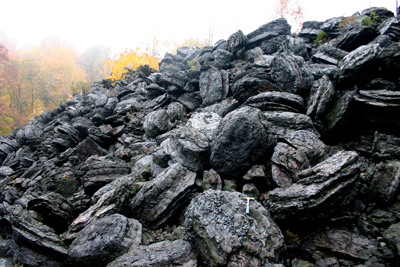 |
Charles Doble with the Smelter CrewDoble was supertendent of the operations in Gap which included farm lands as well as the mine and smelter until shortly before his death in the 1890s. |
Slag Pile in 2005Note the hammer in the lower center for size comparison. |
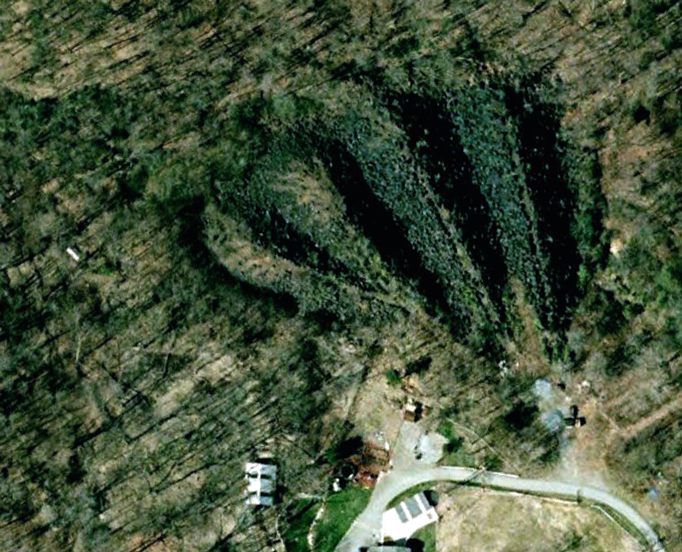
An view of the slag dump from Google Earth
The ore, matte, and tonnage data in the following chart are historic. The slag was analyzed in 2005:
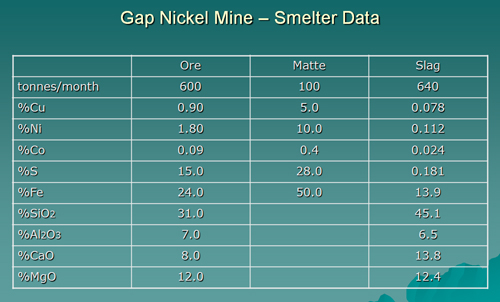
The smelting operation increased the concentration of Ni, Cu, and Co by 5.5%. 92% of the Ni and 70% of the Cu and Co were recovered from the ore.
The refining process in Camden consisted of fourteen steps. It produced copper sulfate, cobalt oxide, and milled nickel metal:


